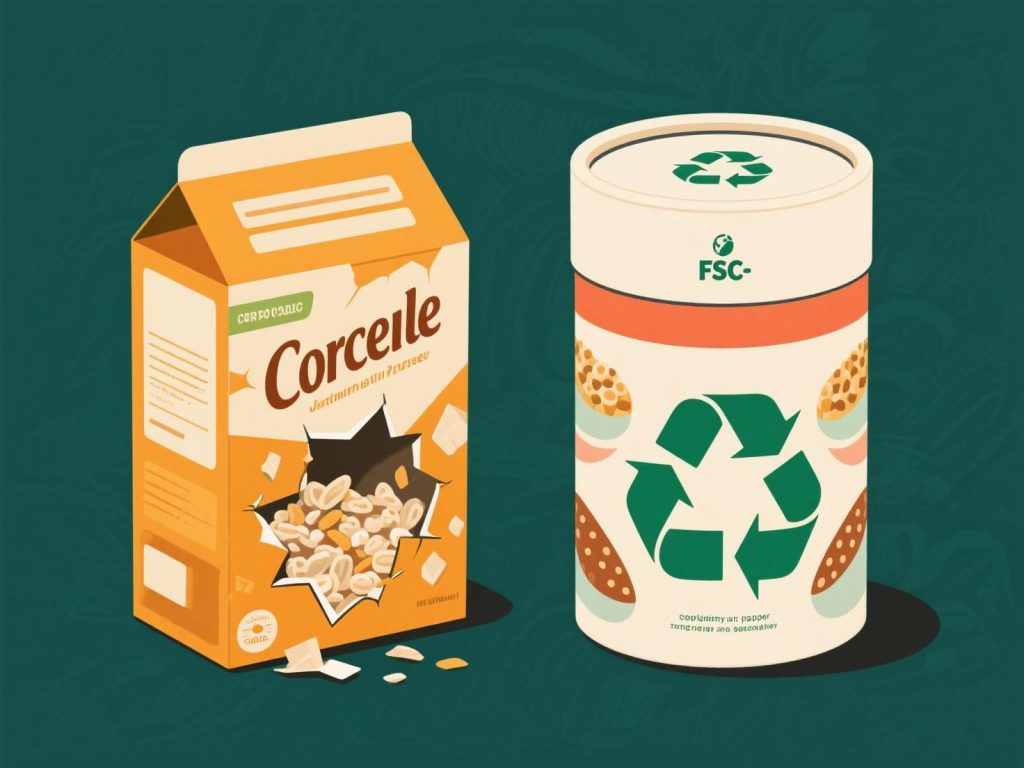As the world increasingly focuses on environmental issues, the harmful and unsustainable nature of plastic packaging has gained widespread attention. More and more businesses are seeking alternatives, and paper packaging has become an ideal solution. In this article, we’ll explore the reasons why businesses should consider replacing plastic packaging with paper, and the multiple benefits this transition can bring to enterprises.
1. Environmental Pressure: The Dangers of Plastic Packaging
Plastic packaging materials often cause long-lasting pollution to the environment. Most plastics do not degrade naturally, leading to massive piles of plastic waste accumulating in oceans and landfills, putting a significant strain on ecosystems. According to statistics, more than 8 million tons of plastic enter the oceans every year, severely affecting marine life.
In contrast, paper packaging is highly biodegradable. Paper can decompose in just a few months, reducing the burden on the environment. Additionally, paper packaging has a high recycling rate, allowing for the conservation of resources through reuse.

2. Consumer Demand: Green Consumption as a Trend
Consumers are increasingly demanding green and environmentally friendly products. According to market research, over 70% of consumers are more likely to purchase products with eco-friendly packaging. Especially among younger generations, there is a stronger emphasis on the environmental responsibility of brands, and they are willing to pay a premium for products with sustainable packaging.
By using paper packaging, businesses can enhance their brand image and attract more environmentally conscious consumers. As sustainability becomes a key factor in consumer purchase decisions, adopting eco-friendly packaging can increase a company’s market competitiveness.

3. Policy Drivers: Regulatory Pressure and Incentives
Many countries and regions have begun implementing policies to restrict the use of plastics. For example, the European Union has passed strict plastic reduction laws requiring member countries to gradually phase out single-use plastic items and promote recyclable and biodegradable packaging materials. Similar policies are being rolled out globally, and businesses that adapt early to these changes will avoid potential fines and legal risks.
Paper packaging, as an environmentally friendly solution, helps businesses reduce policy-related risks, while also benefiting from incentives aimed at supporting sustainable packaging solutions.

Conclusion: The Future of Paper Packaging
With growing environmental awareness and the tightening of relevant regulations, paper packaging is set to become an essential trend in the packaging industry. By switching to paper packaging, businesses can reduce their environmental footprint, enhance their brand image, and align with policy trends to minimize future compliance risks. While the transition may require some investment, in the long run, eco-friendly packaging not only fulfills corporate social responsibility but is also a key step toward sustainable business growth.
Therefore, now is the best time for businesses to take action and embrace paper packaging. By choosing paper, companies can create better commercial value and contribute to a better future for the planet.



